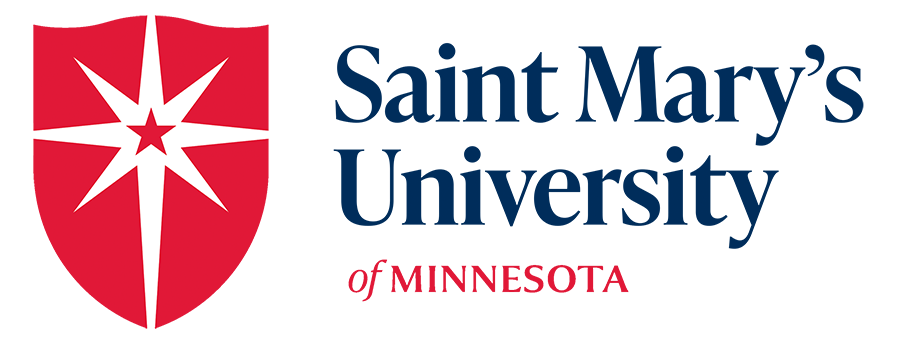
Facilitating the First Day
As the expression goes, first impressions are lasting impressions. This is especially true when teaching. The way you begin your course will set the tone for the rest of your time together.
Get to Know Each Other
Before you introduce the syllabus, allow everyone to get to know you and each other. Your students are adults with plenty of life and work experience. Draw out your students interests, educational goals, and experience as it relates to the course. One way to do this is to ask your students to respond to three simple questions in writing:
- What do you do when you are not busy being a student?
- Why are you pursuing your current degree?
- What experience do you already have related to this course?
Then facilitate a conversation for sharing. Place them in small groups to discuss. Ask their appointed spokesperson to share out to the larger community in a creative manner. Doing so, gives the students a chance to warm up, connect with a small group of students, and to share out in a fun and inventive manner. It also allows for a simple way to assess their incoming knowledge.
Learn student names.
Make an effort to get to know and use your students’ names. The key to remembering names is to use them! Feel free to use name tents for the first few classes until you get to know their names.
Now, you share.
Afterwards, it’s your turn to share similar information about yourself: background, expertise, interest in the subject, and personal interests. Allow the students to get to know you as a person and as a subject matter expert. Invite them to ask you questions. The idea is to create a comfortable, approachable, and respectful environment.
Introduce the Syllabus
The more your students understand the syllabus, the better prepared they will be. Instead of going over the syllabus:
- Place your students in small groups.
- Ask them to read through the syllabus and to come up with at least 3 clarifying questions.
- Address the questions posed by each group’s spokesperson.
- Ask your own questions to assess their understanding of the syllabus including the assignments and expectations.
Begin Learning on Day One
Hook your students into the course material on day one. Plan instructional activities that allow your students to connect to the course, see the relevance to their profession, and to discover the gap between what they know and need to know. Here is one approach you could try.
Start with a think-pair-share activity.
- Say to your students, “Imagine your employer (or future employer) offered to reimburse you for this course. The only caveat is that you need to provide a convincing rationale regarding the value of taking this course. Write down what you might say.”
- Ask the students to pair up with a partner and share.
- Ask students to share out as as group.
- Capture, display, and discuss their responses
Next, provide an interactive presentation on introductory concepts.
Make it interactive by breaking up the presentation every 10-12 minutes with questions, think-pair-sharing, or a YouTube video that represents the concepts being presented. Mixing in interactive methods breaks up the monotony and helps the students stay engaged.
Finish with a “cognitive wrapper.”
Help your students make meaning out of the information with a cognitive wrapper, a reflective metacognitive activity. One way to do this is to allow them to build personal connections to the learning. Ask the students to hand in or email written responses to the following questions:
- What ideas resonated with you the most today?
- How can you apply these ideas?
- What remains confusing and needs further pursuit?
Review their responses. Look for patterns to guide instruction and follow up with comments regarding their insights and questions during the next class session.
Take Attendance
A few days before your course begins, you will receive an email prompting you to submit the attendance record for the first session. The email will provide a link for submitting your attendance information. You will receive the same request for the following two sessions. Be sure to submit attendance for all 3 requests. This information is needed for financial aid reasons. You will not be asked to take attendance after this point; however, it is always a good idea to continue tracking attendance as a point of reference.
